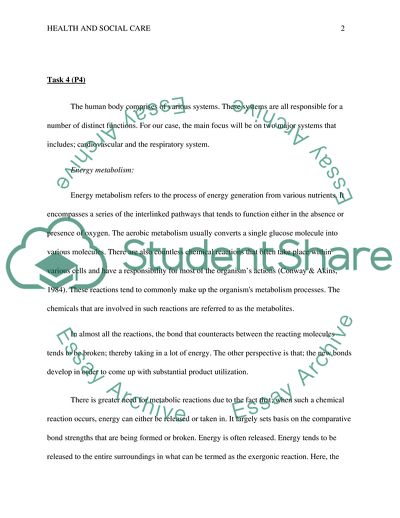Cite this document
(Cardiovascular and Respiratory System and the Concept of Homeostasis Assignment, n.d.)
Cardiovascular and Respiratory System and the Concept of Homeostasis Assignment. https://studentshare.org/medical-science/1877011-health-and-social-care
Cardiovascular and Respiratory System and the Concept of Homeostasis Assignment. https://studentshare.org/medical-science/1877011-health-and-social-care
(Cardiovascular and Respiratory System and the Concept of Homeostasis Assignment)
Cardiovascular and Respiratory System and the Concept of Homeostasis Assignment. https://studentshare.org/medical-science/1877011-health-and-social-care.
Cardiovascular and Respiratory System and the Concept of Homeostasis Assignment. https://studentshare.org/medical-science/1877011-health-and-social-care.
“Cardiovascular and Respiratory System and the Concept of Homeostasis Assignment”. https://studentshare.org/medical-science/1877011-health-and-social-care.


